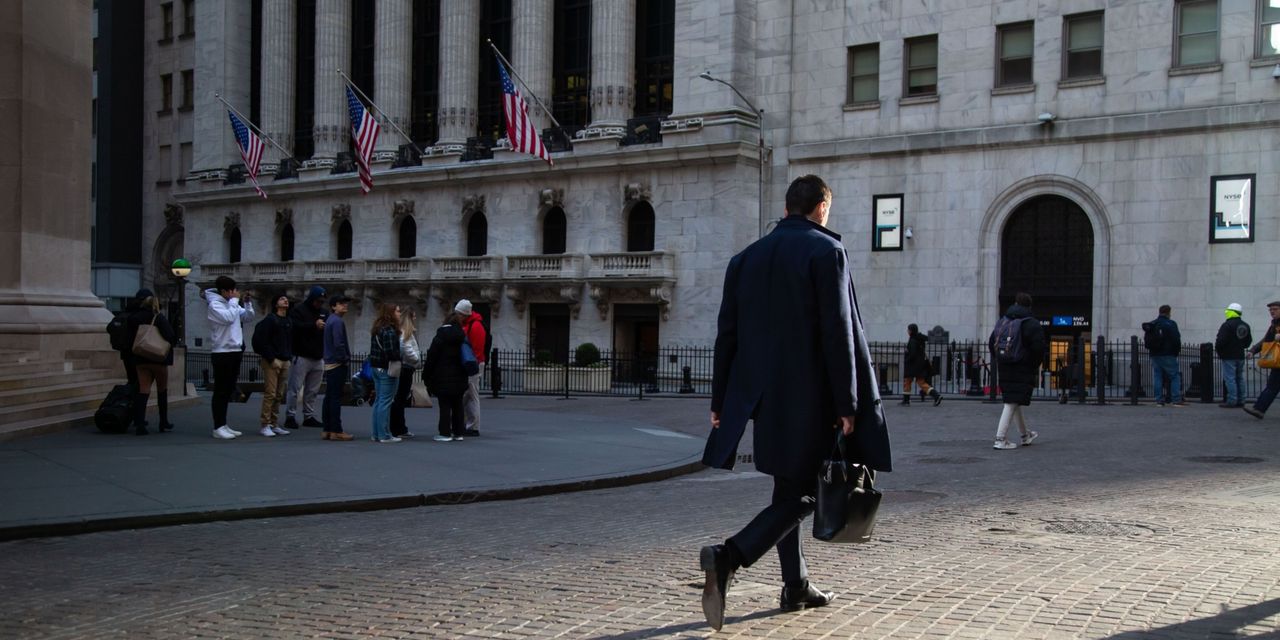The yield on the
10-year Treasury note
has dropped to a key level. It looks like it could stay lower, which is both good and bad news for the stock market.
Weakening inflation and expectations that it will continue to fall have made the yields on that debt look appealing, encouraging buying. Growing confidence that the Federal Reserve will ease up on boosting interest rates to keep prices in check has had the same effect, sending the yield down to about 3.48% from a multiyear high of about 4.23% hit in mid-October.
Now, the yield’s 50-day moving average is lower than the 200-day average—a situation known as a death cross that suggests it could remain relatively low.
Bond yields fall when prices rise, so when a shorter-term, more recent average of yields is lower than a longer-term average, it suggests buying pressure has built up. That makes sense because in a weakening economy, inflation and interest rates are likely to fall, giving people a reason to snap up fixed-income securities before yields decline in response.
Sure, the yield could inch higher at some point, but clearly there is a swath of market participants that are interested in buying the notes near the current yield. The only factor that would significantly change that would be a sharp reversal of economic expectations.
A stable or lower yield is a positive for stocks in two senses. It increases the discounted current value of future profits, increasing the multiple of near-term expected earnings investors are willing to pay for the shares. When yields are lower, it is also easier for companies and households to borrow money, which should benefit economic growth. Indeed, in the time the yield has dropped, the S&P 500 is up about 16% since an October low point.
On the other hand, the fall in bond yields signals a less robust economy, with predictably negative consequences for corporate earnings. Weaker profits usually knock an expensive stock market lower—and the
S&P 500
is trading at a roughly 18 times the aggregate per-share earnings its component companies are expected to pump out over the coming 12 months. That compares with roughly 15 times at the start of the rally from the lows in October.
Already, the S&P 500 has been about flat since the start of February.
“Lower interest rates may not necessarily be the relief motionless stocks are looking for, if cooling inflation is the byproduct of the second half [2023] recession,” wrote Evercore strategist Julian Emanuel.
Yields seem to have stopped surging, but a further decline wouldn’t necessarily be good news. Be careful what you wish for.
Write to Jacob Sonenshine at [email protected]
Read the full article here


